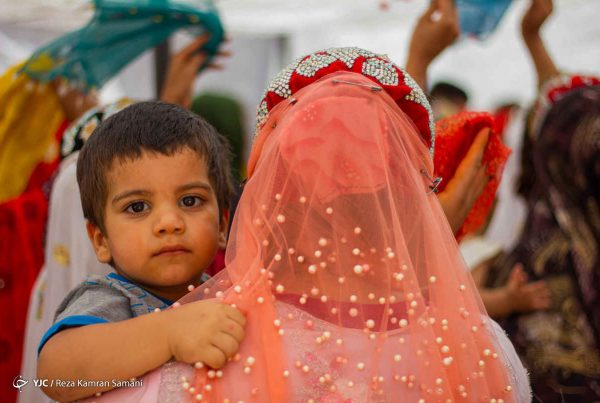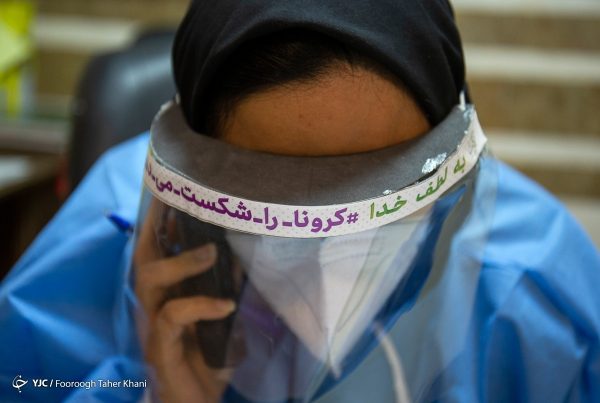As the cold season arrives, Mrs. Kally feels the necessity of a natural gas distribution network in Geleh, the village where she has been living for nearly 20 years. “She has seven kids and her husband is a farmer,” says Saiwan Fattahi, a Kurdistan-based photographer. “Geleh is not far from the city of Marivan. So, her sons work there,” he says. Iran is home to the second largest natural reserves worldwide. But villages close to the western border have yet to benefit from nationwide natural gas infrastructure. “She complains that there is no gas pipeline in her village. Every day, she has to fill heaters with oil; apart from taking care of a few sheep and cows, as well as many other daily chores,” the photographer says. “She is also worried about the current state of economy and the recent waves of inflation.”
با آمدن فصل سرما، کالی خانم لزوم وجود شبکه توزیع گاز طبیعی را در گِله، روستایی در استان کردستان که حدود بیست سال است با خانوادهاش در آن زندگی میکند، حس میکند. «هفت تا بچه داره و شوهرش کشاورزه.» این را سایوان فتاحی عکاس ساکن مریوان میگوید. «گله با شهر مریوان فاصله چندانی نداره، به همین خاطر پسرهاش اونجا مشغول کار هستند.» ایران دومین کشور جهان در رتبهبندی ذخایر گاز طبیعی است. با این حال، بسیاری از روستاهای نزدیک به مرز غربی هنوز از زیرساخت توزیع گاز بهرهمند نشدهاند. عکاس میگوید: «او از اینکه هنوز برای روستاشون گاز کشی نشده شکایت داره و هر روز باید چند سری بخاریها رو پر از نفت بکنه؛ بغیر از این به کار چند راس گاو و گوسفندی هم که دارن رسیدگی کنه و یه عالمه کار دیگر.» عکاس میگوید: «او همچنین از وضع موجود و گرانیهای اخیر نگران است.»




